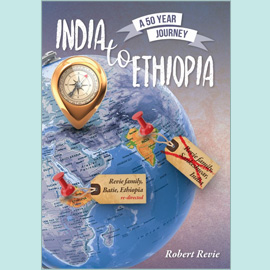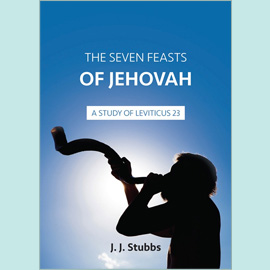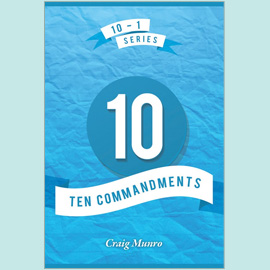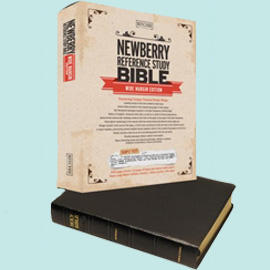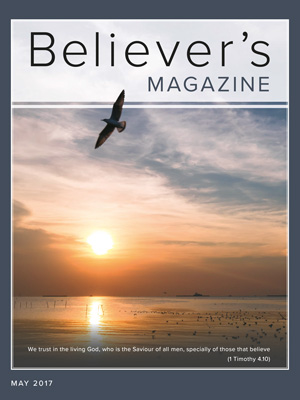The advent of digital versions of the Scriptures, and easily used key word searches, have made the task of finding particular verses in the Bible much easier and quicker nowadays for many people. Before that, the concordance, used and valued by generations of Christians, was a must-have in their resources for Bible study. It still is for many of us, in spite of them being big and bulky. A concordance was defined by one author, Alexander Cruden, as follows:
A concordance is a dictionary, or an index to the Bible, wherein all the words used through the Inspired Writings are arranged alphabetically, and the various places where they occur are referred to, to assist us in finding out passages, and comparing the several significations/meanings of the same word.
Have you ever wondered how the monumental task of compiling the first concordances was accomplished? Where do you start? How do you keep track of it all? Computer programs searching databases make the task relatively straightforward and quick today, but how did the early compilers do it? Their equipment was paper and pen (repeatedly dipped in ink), mental and physical acuity, dedication and persistence. Guided by the Spirit of God, motivated to help others into an understanding of the Bible, they toiled night and day. And countless others to this day are truly indebted to them; to men like Alexander Cruden, Robert Young and James Strong, whose lives and labours we look at next as part of our ‘goodly heritage’.
Alexander Cruden (1699-1770)
Cruden’s Concordance is probably less popular nowadays, but it was the first complete and thorough work of its kind. C H Spurgeon recommended that Christian ministers “buy a genuine unabridged Cruden and none of the modern substitutes”, and wrote on his own copy “this half-crazy Alexander Cruden did more for the Church than all the DDs and LLDs who ever existed!” So, who and what was he?¹
Alexander Cruden was born in Aberdeen, on 8th June 1699, into a well-to-do family of merchants. He was educated at Aberdeen Grammar School and Marischal College, the city’s second university, from which he obtained his MA degree.² He then began to study theology, with a view to ministry in the Church of Scotland, and was said to be “singularly addicted to the study of Scriptures”. However, perhaps due to an incident connected to unrequited love and scandal, he was locked up for three months in 1720 in a miserable ‘madhouse’ in the Tolbooth. He would carry the scars of this for the rest of his life, with a reputation for mental instability and eccentricity.
Cruden moved to London, and became private tutor to three different families before gaining employment as a ‘corrector of the press’, that is, a proofreader. This work required sustained and meticulous attention to detail, and developed methodical thinking; undoubtedly good preparation for compiling a concordance. After days of intense scrutiny of printed matter he came home, not to rest his eyes, but rather to take up the Bible, stop at each word he read, and write accurately its reference onto the appropriate sheet of paper selected from the thousands surrounding him in his small room. There are over 12,000 different words in the King James Version of the Bible, and each had to be put in its proper place. His concordance, containing 2,400,000 words, took him about ten years to complete and carefully proofread, but then he had to get it published. He presented Caroline, George II’s queen, with a copy, and she promised patronage and a grant of £100, but she died soon after and the money never came. So, with his own savings, and help from a few subscribers, he went ahead and printed 1,000 copies in 1737. He would edit it three times before he died. By 1870 there had been 32 editions, and many more followed into the 20th century. This was Cruden’s lasting gift to Bible students. However, he was known for other somewhat bizarre reasons, some of which led to two further terms in lunatic asylums. He appointed himself to a public role as ‘Corrector of the People’, with a personal mission to improve the nation’s spelling and grammar, ban swearing, clean up graffiti, insist on Sabbath-keeping, and help good morals. His motives were good, but his methods were unconventional and often forceful; to us perhaps misguided. Having had experience inside asylums he campaigned for much-needed improvement in prisons (long before Elizabeth Fry), stood unsuccessfully for parliament in 1754, advocated successfully for a weak-minded sailor who was condemned unjustly to hanging, and prayed and preached publicly wherever he could. He also made at least two more attempts to find a wife, both of which were unsuccessful. These led, it might be said unfairly, to his extra but short stays in London ‘madhouses’, to get him out of the way.
At the age of 70 Cruden returned to Aberdeen where, as a more mellowed character, he lectured and preached with special affection for children. He printed tracts to give to young and old, and, in his will, he left most of his money to his native city for the provision of Christian literature and a bursary at the University. He died suddenly in London on 1st November 1770, found by his maid on his knees in a closet by his bedroom, and was buried in Southwark.
Robert Young (1822–1888)
Robert Young’s life is less colourful than Cruden’s, and his literary output somewhat wider, as we shall see. He too was a Scot, spending most of his life in Edinburgh.
He was born in Haddingtonshire on 10th September 1822, a son of George Young, manager of a flour mill, who died when Robert was a boy. He had a modest education at some private schools until, in 1838, he began an apprenticeship in a printer’s business. He prospered in that work so that, in 1847, he became a printer and bookseller in his own right, specialising in books which would help in the study of the Old Testament and its original versions. His first publication was a translation of Maimonides’s 613 precepts.³
Young clearly had a massive intellect, and huge powers of retention and organisation. He was self-taught in Hebrew, and other oriental languages, which he studied in his spare time between 1838 and 1847. He joined the Free Church, for three years being connected with Dr Chalmers’ Territorial Church Sabbath School in the West Port, Edinburgh. From 1856 to 1861 he was missionary and superintendent of the mission press at Surat (NW India) which, at that time, had a population of around 100,000. While there he added Gujarati⁴ to the Gaelic, Finnish, Romance and Teutonic languages he already knew, while keeping up his Semitic studies. From 1864 to 1874 he directed the Missionary Institute and, in 1867, he visited several important cities in the United States. He was awarded the degree of LLD and, in 1871, applied for the Hebrew chair at The University of St Andrews, but was not appointed.
Robert Young’s wife was Margaret Turnbull, and they had three sons and four daughters. One son died in 1881, and Robert himself died on 14th October 1888 and was buried in the Grange cemetery in Edinburgh. He is best remembered for his Analytical Concordance to the Holy Bible, published in 1879, and used ever since in its many new editions. In its first preface, he wrote:
This work is the result of many years’ labour, and is designed to lead the simplest reader to a more correct understanding of the common English Bible, by reference to the original words in Hebrew and Greek ... The author trusts that many of his readers may give themselves more to the study of the original Scriptures which have God for their Author, Truth without mixture of Error for their Matter, and Salvation for their End.
It has undoubtedly achieved that objective; valuable for its clarity in relation to the original Hebrew and Greek words. Other of Young’s works include his Student’s Concordance to the New Testament of the 1881 Revised Version (1882), a volume entitled Variations of the Alexandrian, Vatican, and Sinaitic Mss of the New Testament and, more usefully, what is now called Young’s Literal Translation (1863); said by some experts to be the second most accurate English translation of the Bible in the world.
¹ More details can be found by going to www.ebenezeroldhill.org.uk/articles/alexandercruden
² See Aberdeen’s People and Places leaflet, Aberdeen City Council, 2016, No 11.
³ Maimonides (1135–1204) was a Sephardic Jewish philosopher in Morocco and Egypt - one of the most influential scholars of the Torah and Jewish history.
⁴ In 1865 he wrote A new mode of learning to read, write, and speak the Gujarati language in six months.
